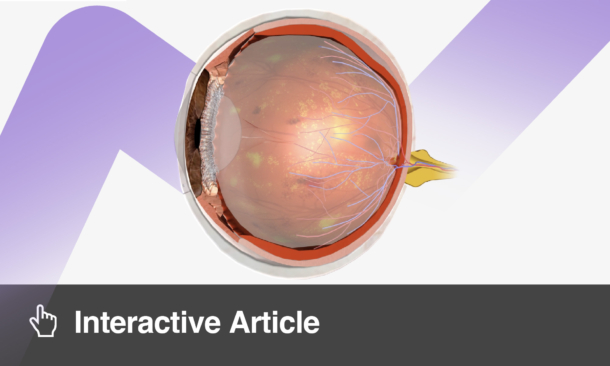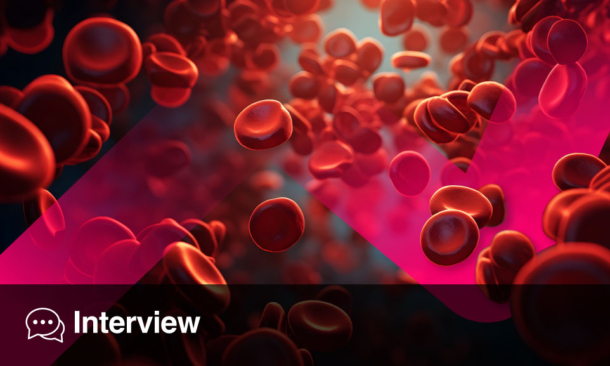Abstract
Ischaemic/embolic complications are the most common severe consequences of atrial fibrillation. Although chronic anticoagulation with warfarin has been available for decades, it was consistently shown to be underutilised; multiple drug interactions and dietary issues further complicate its use. Recently, several pharmacological and non-pharmacological alternatives have been shown to have an efficacy that is similar or slightly superior to warfarin. Novel anticoagulant agents (dabigatran, rivaroxaban, apixaban) have the advantage of a fixed dose, without the need of regular monitoring. Non-pharmacological options include left atrial appendage ligation or percutaneous closure. Although all these options are more expensive than warfarin, they have the potential of being more cost-effective – preventing very expensive complications or having less side-effects (such as haemorrhagic stroke), requiring less or no monitoring, and having fewer interactions with diet, thus, improving quality of life. Multiple studies of simulated cost-efficacy analyses have been published recently, addressing these questions, which will be reviewed in this paper. In the era of cost-conscious utilisation of healthcare resources, these new treatment options may increase the number of patients benefitting from effective therapies, reducing the number of ischaemic complications of atrial fibrillation.
Please view the full content in the pdf above.








